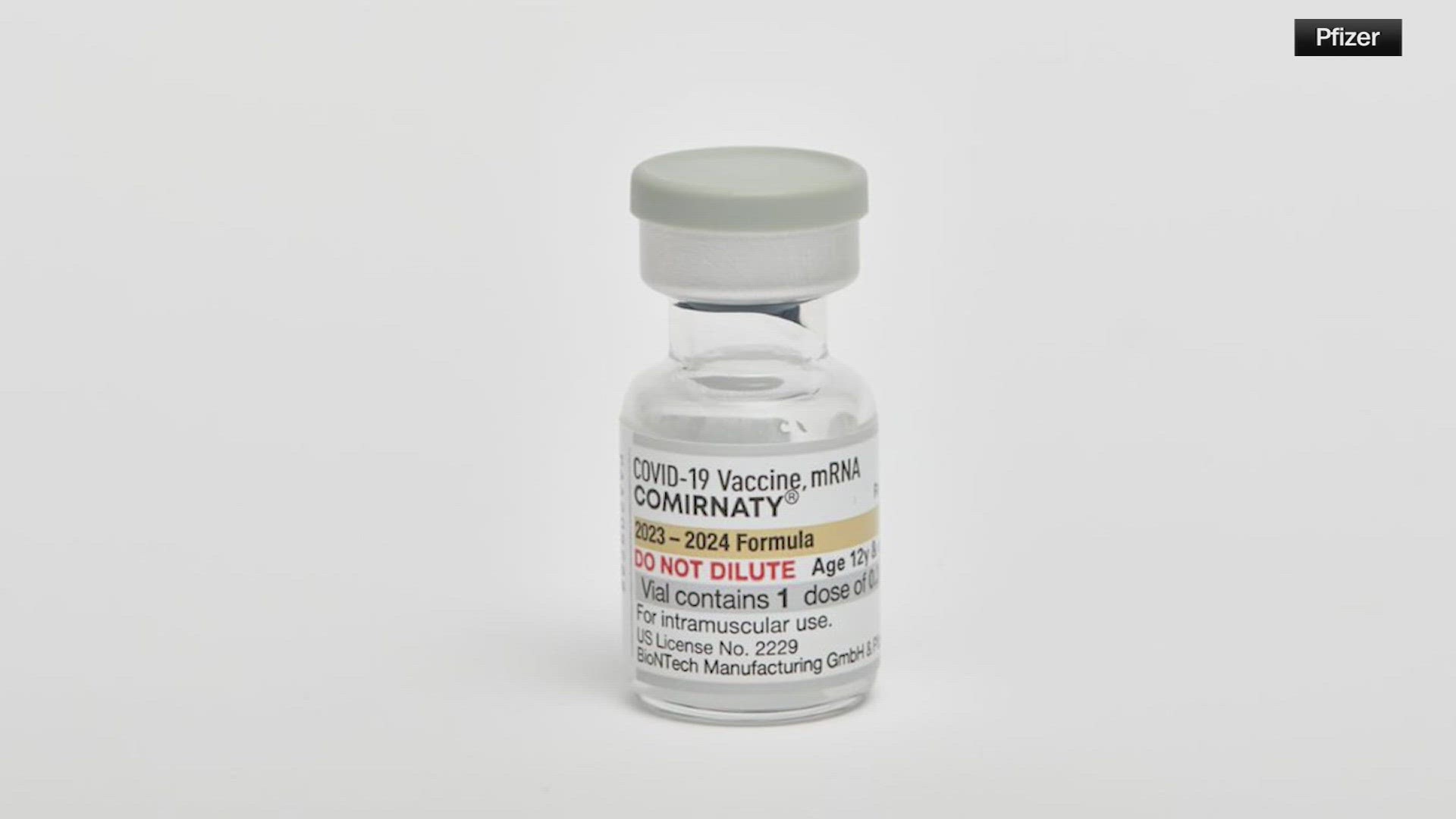DALLAS — Black residents in counties across the south — including in North Texas — are more likely to have to travel farther to get their COVID-19 vaccine than their white counterparts.
According to a new study from the University of Pittsburgh's School of Pharmacy, larger portions of Black residents in nearly 70 counties across the nation live more than a mile from a potential COVID-19 vaccination site when compared to the white population. Pharmacies, health centers, hospitals and health clinics are considered potential vaccination sites.
The highest concentration of counties with these disparities was in the south, including seven in Texas. One-third of the counties contained densely populated urban regions, including Dallas-Fort Worth.
In Dallas County, 49 percent of Black residents live farther than one mile from the closest potential vaccination site. That accounts for nearly 300,000 Black Dallasites. Comparatively, 39 percent of white residents would have to commute more than a mile from their home to the nearest vaccine location.
Neighboring Tarrant County also had a higher percentage of the Black population live more than a mile from any vaccination site. A majority of Black residents (55 percent) live more than a mile from a potential site, while half of Tarrant County's white residents (50 percent) live comparable distances.
Additionally, the study found almost 100 counties with racial disparities in communities more than 10 miles from a potential vaccination site. Among those was Ellis County, in which 11 percent of Black residents lived more than 10 miles from a site. White residents lived more than 10 miles from a facility able to provide the vaccine at a rate of 4 percent.
The longer commutes to get a vaccine will be another barrier for Black communities to receive immunizations, according to the report, and could widen the existing health care gap between Black and white North Texans.
To see how North Texas stacks up against other countries across the country, see this story.



